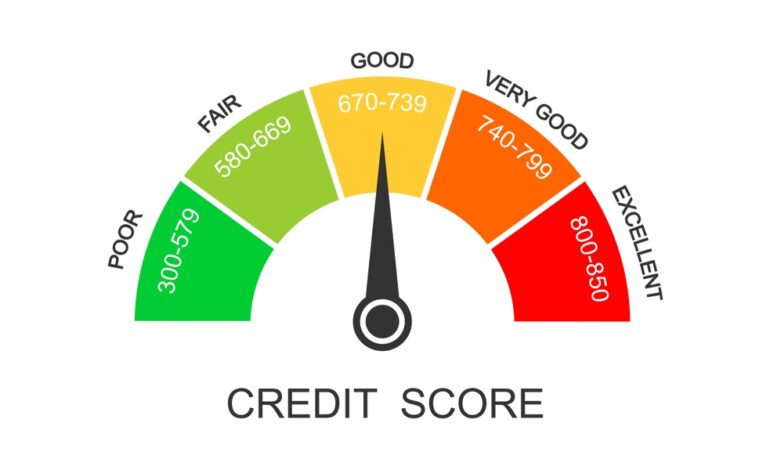The Lifespan of Negative Items on Your Credit Report

A credit report serves as a financial report card, detailing your credit history over several years. While positive behaviors, like timely payments, can boost your creditworthiness, negative items can linger and impact your score. But how long do these negative marks stay? Let’s delve into the lifespan of various negative entries.
1. Late Payments
Late payments, depending on how late they are, can be a significant blow to your credit score.
Lifespan: Typically, late payments remain on your credit report for 7 years from the date of the missed payment.
Tip: If you’ve missed a payment, act quickly. Many creditors won’t report a late payment to the credit bureaus if it’s settled within 30 days.
2. Charge-offs
When a creditor gives up on collecting a debt and writes it off as a loss, it’s termed as a charge-off.
Lifespan: Charge-offs can stay on your credit report for up to 7 years from the date of the first missed payment that led to the charge-off.
3. Debt Collections
If a creditor can’t collect a debt, they might sell it to a collection agency, which will then attempt to recover the amount owed.
Lifespan: Like charge-offs, collection accounts remain for 7 years from the date of the initial missed payment.
4. Bankruptcies
Bankruptcies can have a severe impact on your credit score and can vary in their lifespan based on the type.
Lifespan: Chapter 7 bankruptcies (where most of your debts are wiped out) can remain for 10 years. Chapter 13 bankruptcies (where you repay some or all of your debts) typically stay for 7 years.
5. Foreclosures
If you fail to make mortgage payments, the lender might take ownership of your home through foreclosure.
Lifespan: Foreclosures can stay on your credit report for 7 years from the date of the first missed payment that led to the foreclosure.
6. Judgments
If a creditor sues you over an unpaid debt and wins, a judgment can be entered against you.
Lifespan: Judgments used to stay on credit reports for 7 years or until the state statute of limitations expired, whichever was longer. However, as of 2017, the three major credit bureaus removed civil judgment data from credit reports.
The Silver Lining
While negative items can be a setback, their impact diminishes over time. A late payment from five years ago, for instance, won’t hurt your score as much as a recent one. Moreover, as you continue to add positive information to your credit report, the weight of these negative items lessens.
Conclusion
Understanding the lifespan of negative items on your credit report is crucial in planning your financial recovery. While setbacks can be discouraging, it’s essential to remember that with time and positive financial habits, you can rebuild and maintain a robust credit profile.










